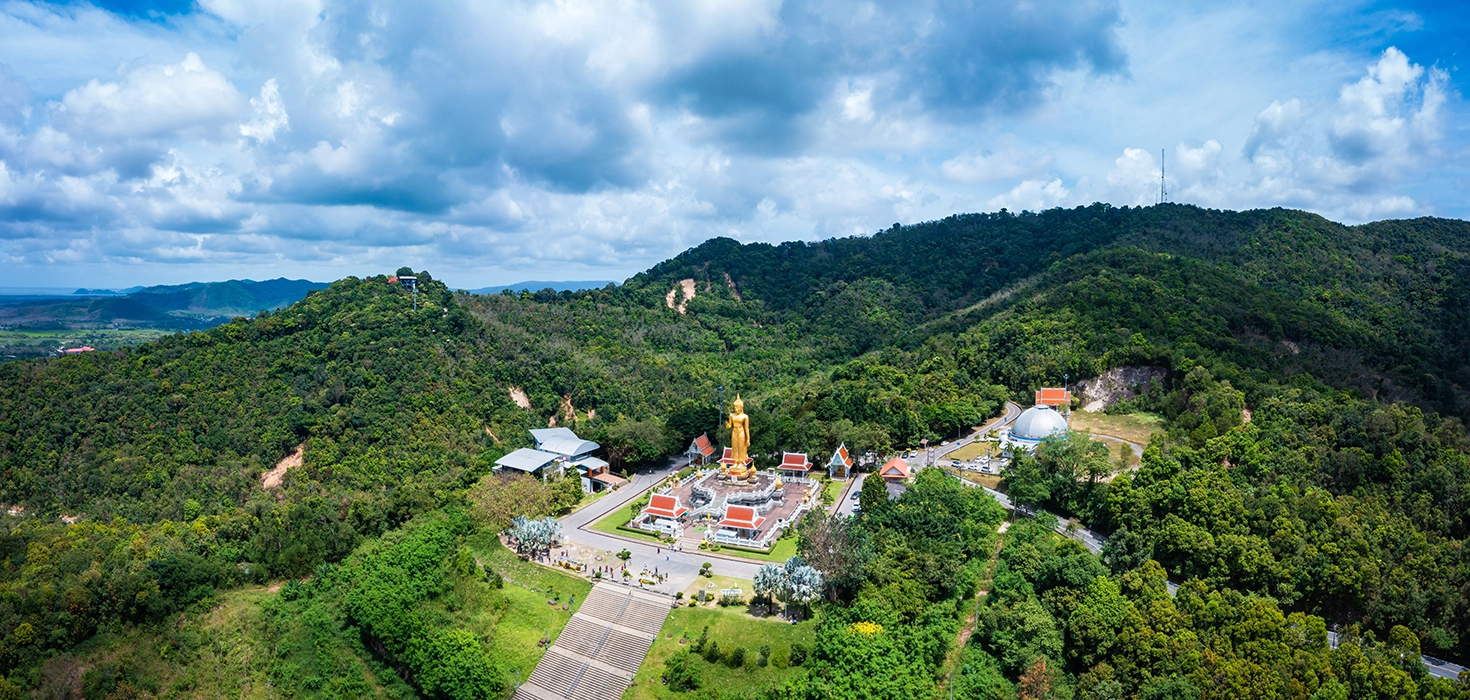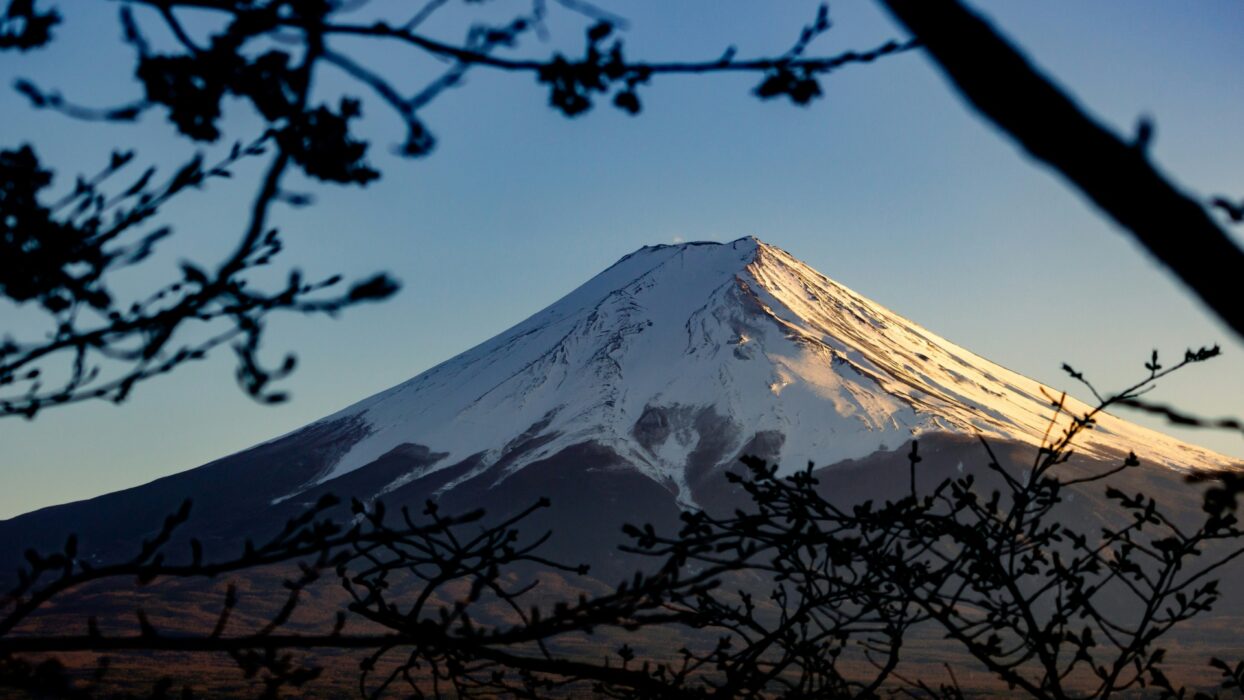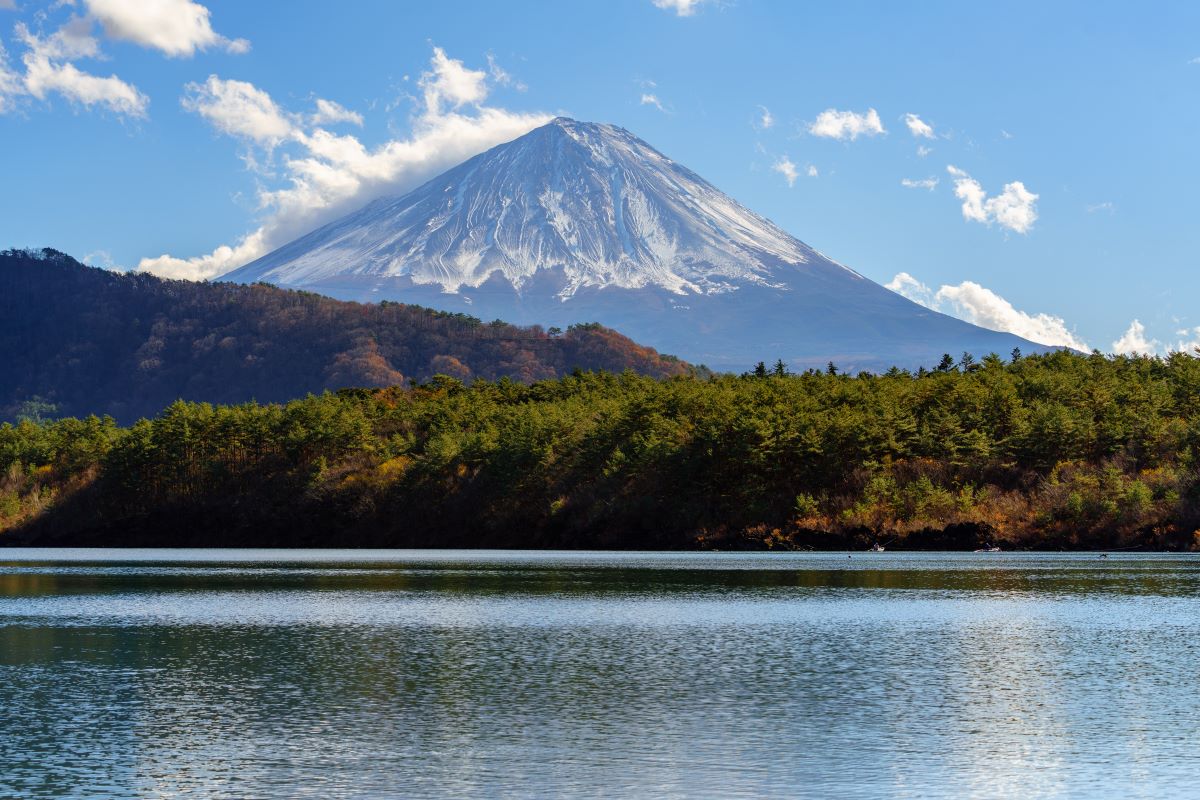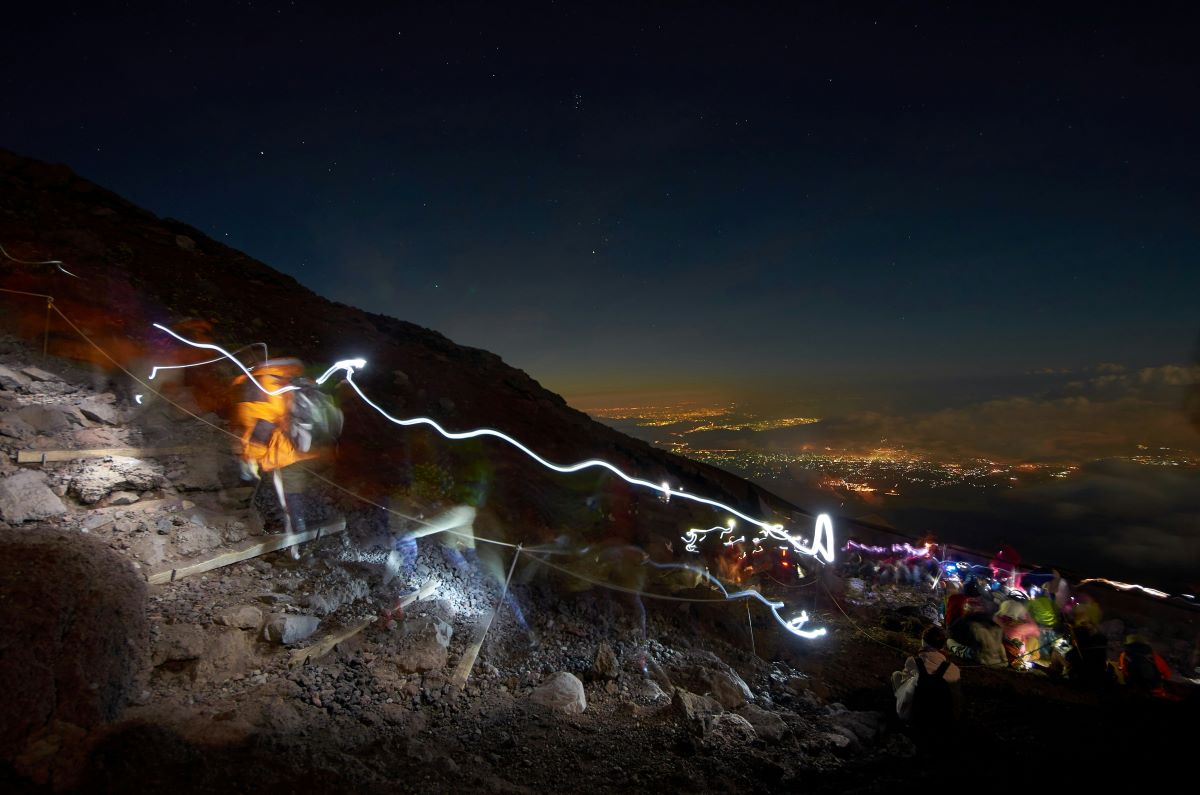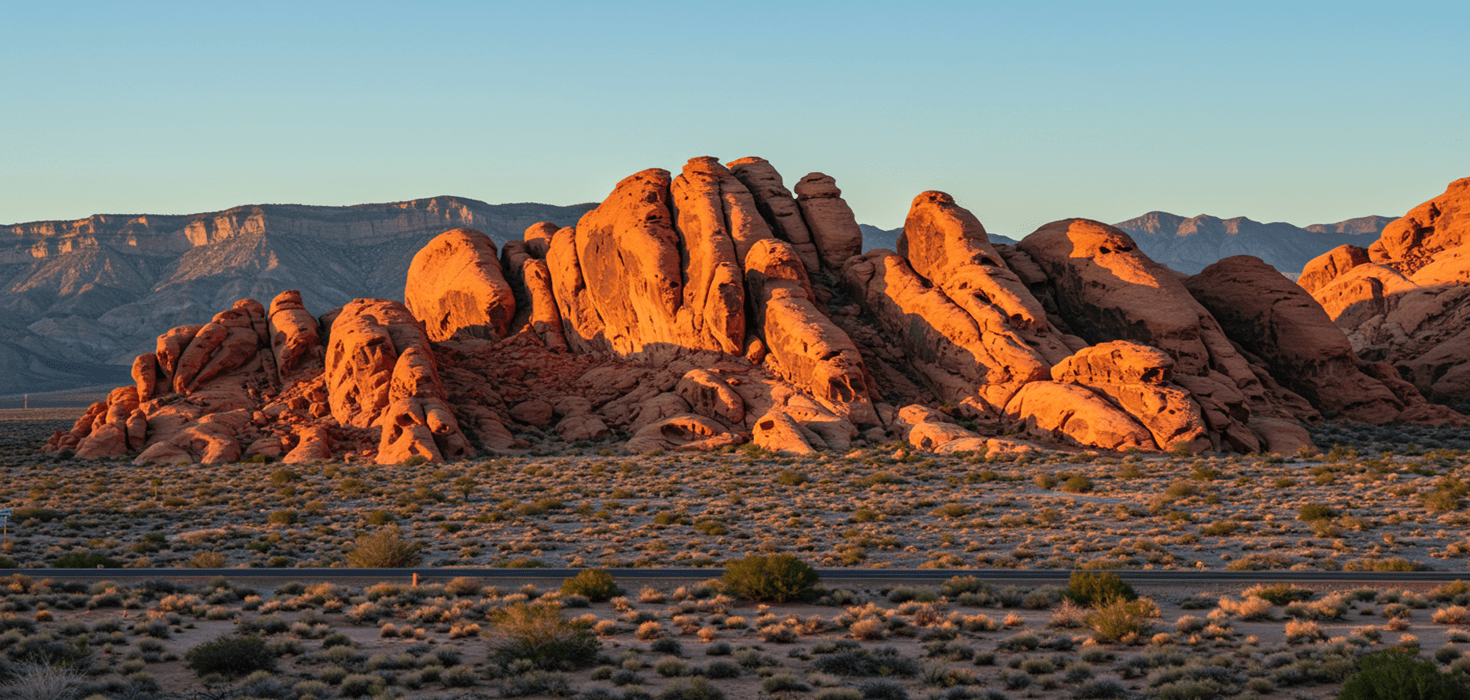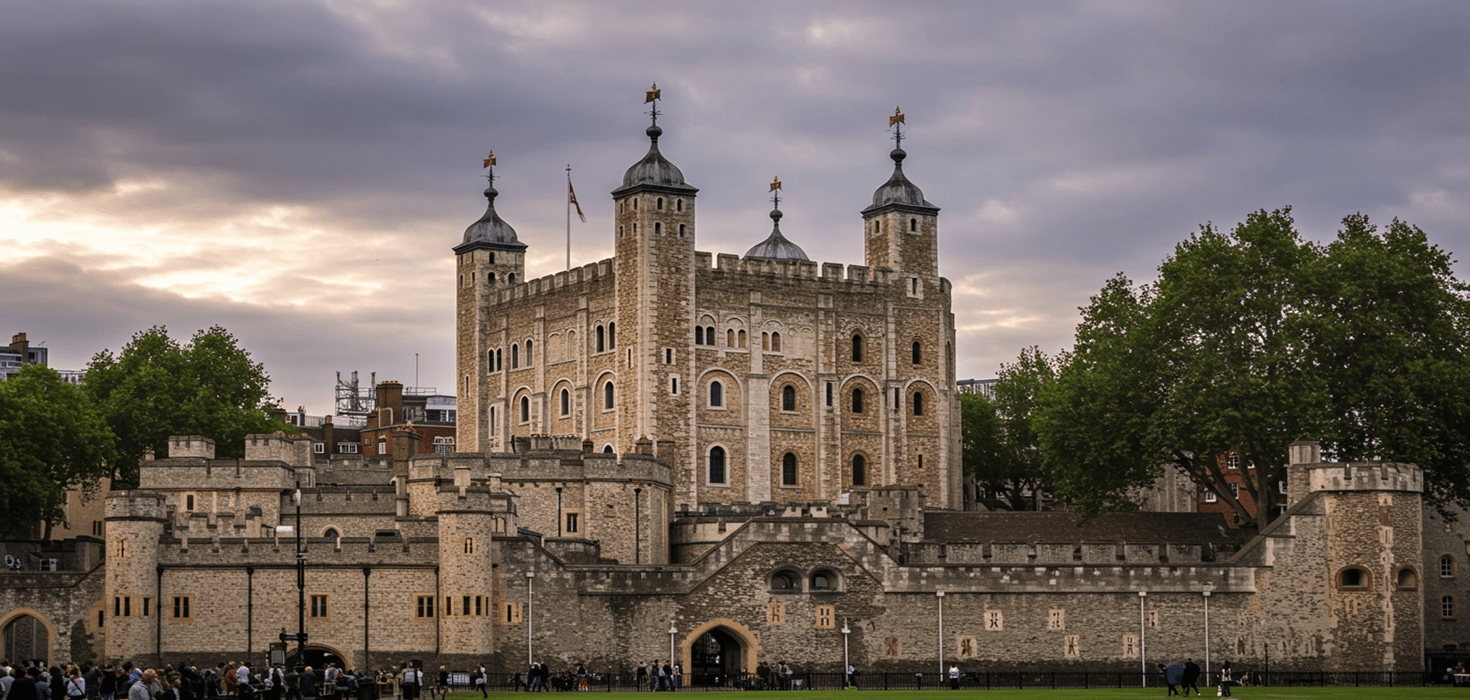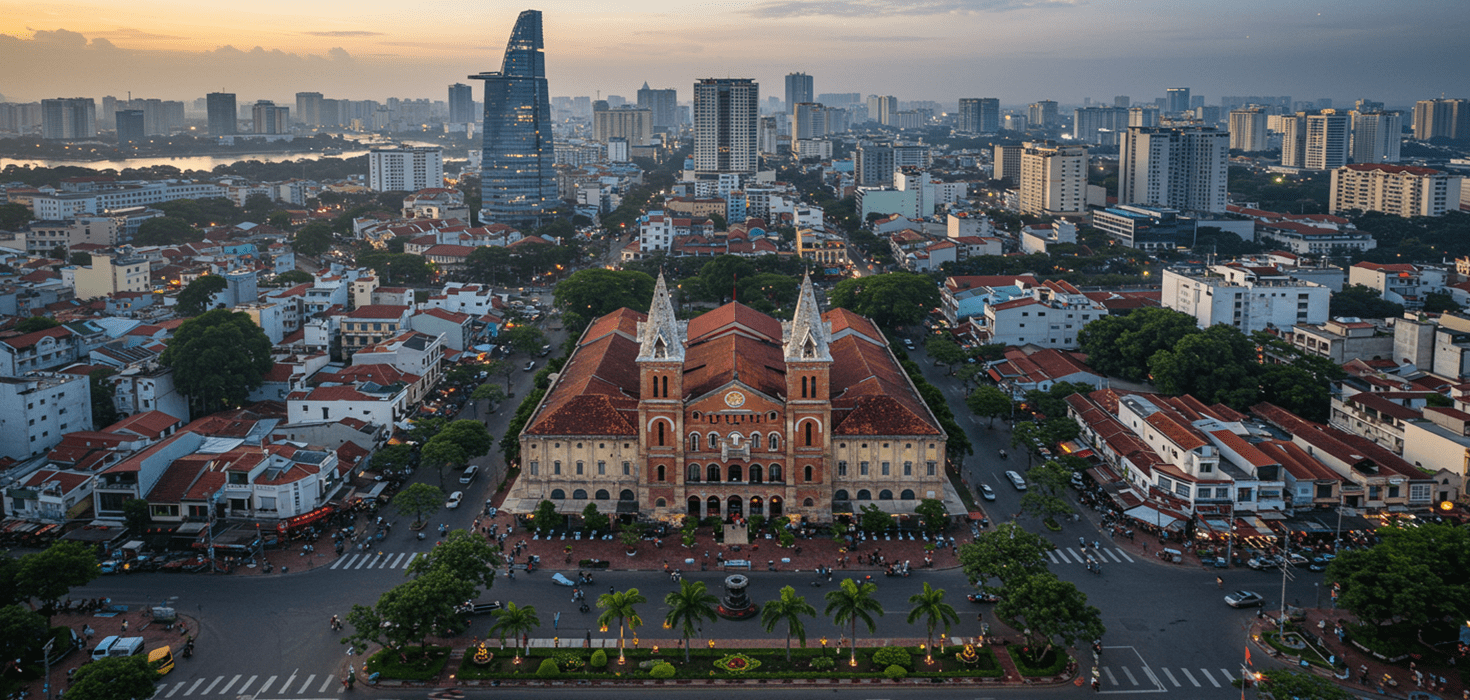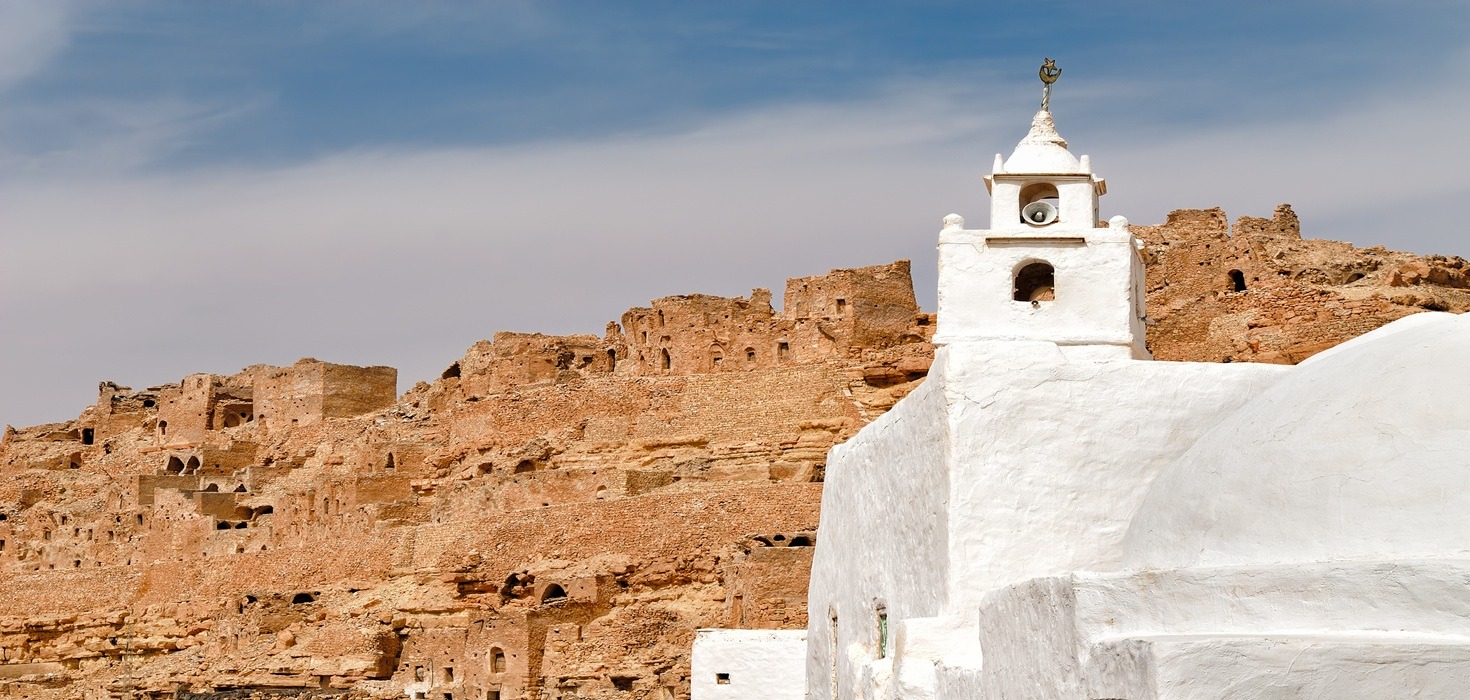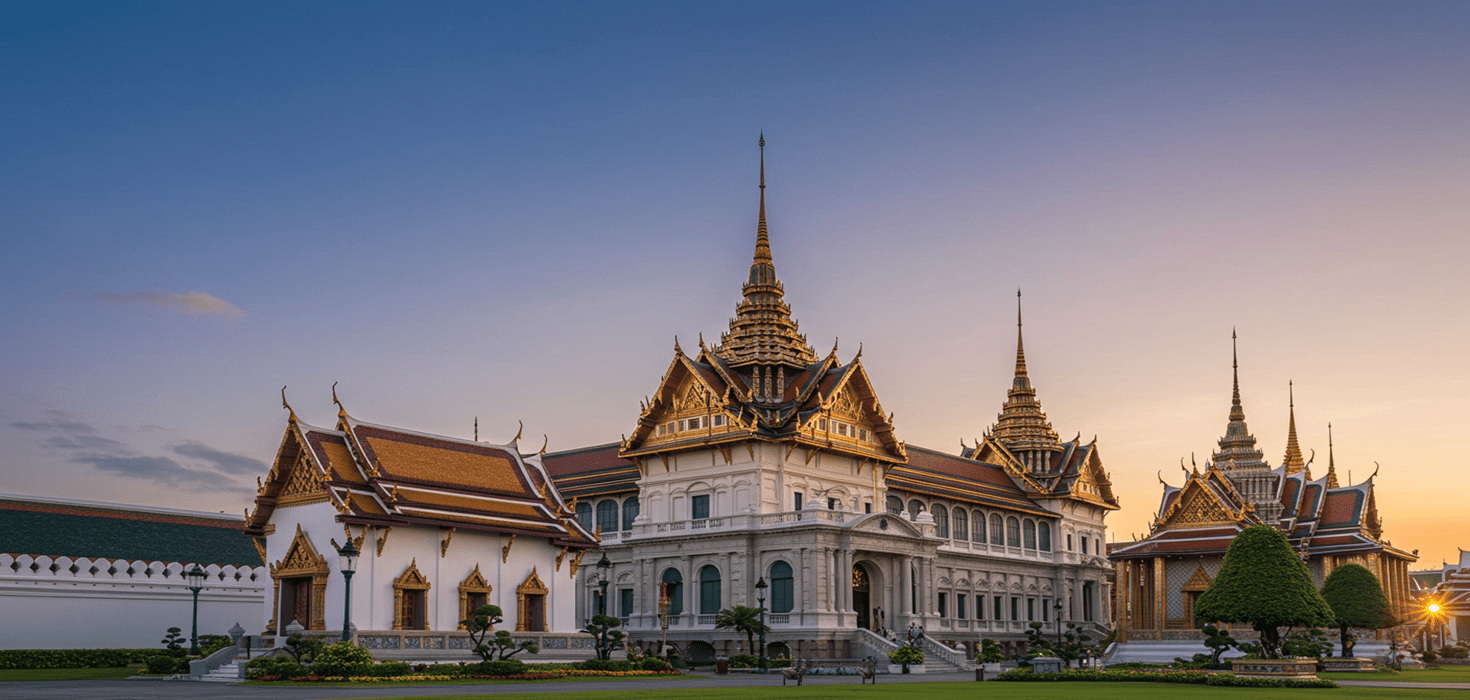Embarking on a journey to climb Mt. Fuji is synonymous with experiencing one of Japan’s most revered natural wonders. Standing tall at 3,776 meters, Mt. Fuji is Japan’s highest peak and a UNESCO World Heritage site. This guide is designed to help you prepare for an unforgettable adventure, offering insights into the best times to climb, necessary gear, lodging options, and more.
When to Climb Mt. Fuji
The official climbing season for Mt. Fuji typically runs from early July to early September. This period is when the trails are free of snow, and mountain huts are open for accommodation. Climbing during this season ensures a safer and more enjoyable experience due to the milder weather conditions.
Peak season is from late July to late August, which coincides with school holidays in Japan, resulting in crowded trails. For a less crowded experience, consider climbing either at the beginning or end of the official season.
Best Routes to the Summit
Mt. Fuji offers four main climbing routes: Yoshida Trail, Subashiri Trail, Gotemba Trail, and Fujinomiya Trail. Each route has its own unique features and varying levels of difficulty. Here’s a brief overview:
Yoshida Trail
The Yoshida Trail is the most popular route, starting from the 5th Station near Fuji Five Lakes. It offers well-established mountain huts and amenities, making it suitable for beginners. This route can be crowded during the peak season but offers stunning sunrise views from the summit.
Subashiri Trail
The Subashiri Trail is known for its lush forest scenery during the ascent. Starting from the eastern side of the mountain, this trail is less crowded and offers a more serene climbing experience. It merges with the Yoshida Trail near the 8th Station.
Gotemba Trail
The Gotemba Trail is the longest and most challenging route, starting from the southeast side of the mountain. It is less frequented, making it ideal for experienced climbers seeking solitude. The descent on this trail is particularly enjoyable due to a section of soft volcanic ash, often referred to as the ‘sand run.’
Fujinomiya Trail
The Fujinomiya Trail is the shortest route to the summit, starting from the southwest side. This trail is steep and rocky but offers facilities and mountain huts along the way. It’s a preferred route for those looking for a quicker ascent.
Gearing Up for the Climb
Proper gear is crucial for a safe and successful climb. Here’s a list of essentials:
- Sturdy hiking boots
- Warm clothing (temperatures can drop significantly)
- Rainproof jacket and pants
- Headlamp with spare batteries (for night climbing)
- Gloves and walking stick
- Plenty of water and high-energy snacks
- First aid kit
- Sun protection (hat, sunglasses, and sunscreen)
Climbing Mt. Fuji is not just a trek but an extraordinary journey that offers a deep connection with Japan’s natural beauty and cultural heritage. Whether you’re an experienced climber or a first-timer, the experience at the summit, witnessing the sunrise, and the camaraderie among fellow climbers make it all worthwhile. Be sure to prepare adequately, respect the mountain, and most importantly, enjoy the ascent to the top of Japan’s highest peak. Happy climbing!
